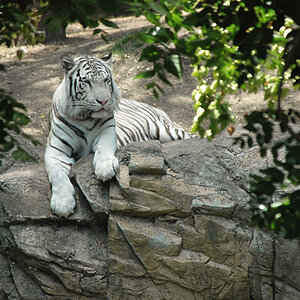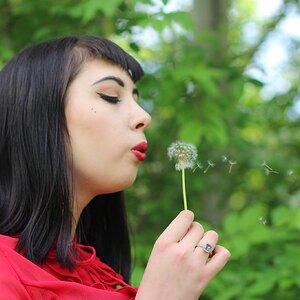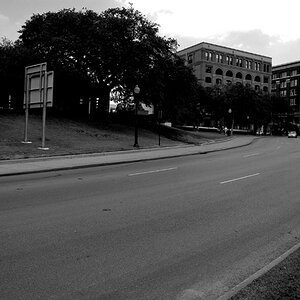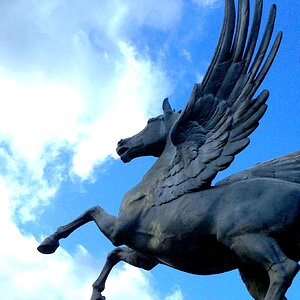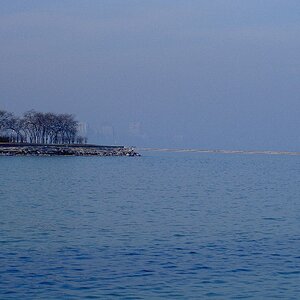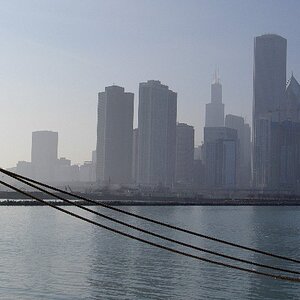AlanKlein
Been spending a lot of time on here!
- Joined
- Nov 24, 2011
- Messages
- 2,265
- Reaction score
- 816
- Location
- NJ formerly NYC
- Website
- www.flickr.com
The issue about using the triangle to determine exposure came up before invariant sensors. Since 99.9% if cameras are not invariant,
That depends on how you're going to define ISO invariance. You can have a machine measure it and get your figure above or you can measure it visually like this guy did and get a pretty good list of cameras: ISO Invariance: What it is, and which cameras are ISO-less
Fortunately you have an opportunity in this thread to back up your 99.9% figure by going to post #61 in this thread: Need help with exposure question and explaining what to look at in those two photos that makes it obvious why the ISO 100 photo (underexposed 3 stops) is worse than the ISO 800 photo that was "properly exposed." If you can't do that then your 99.9% figure is bogus as far as real world usage is concerned.
then you still need to enter the appropriate ISO. If not, what am I missing?
Can't imagine. Something about still not understanding why the Exposure Triangle is wrong and confuses people?
Joe
Then set your ISO at 100 for all shots and let it rip.




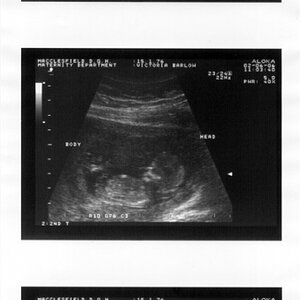
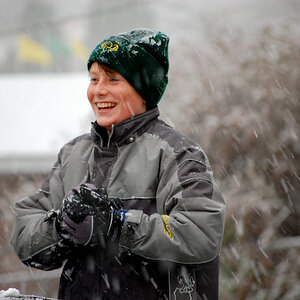
![[No title]](/data/xfmg/thumbnail/38/38738-7933157d1b8968c986eeeab2d1828524.jpg?1619738703)
